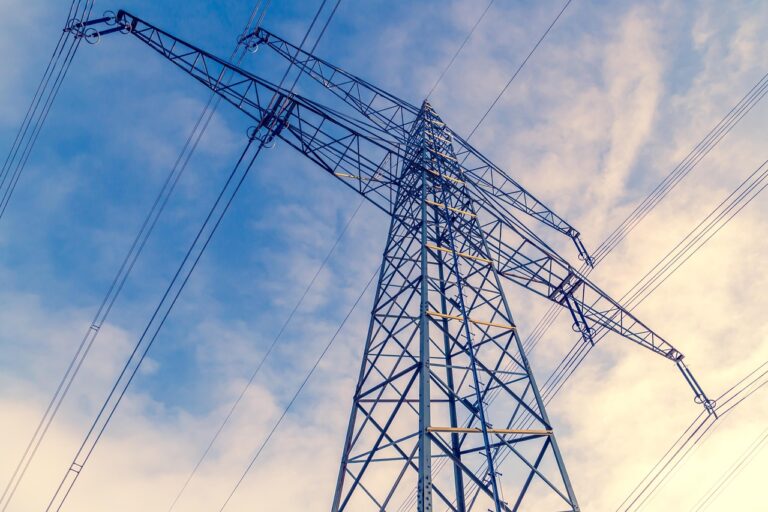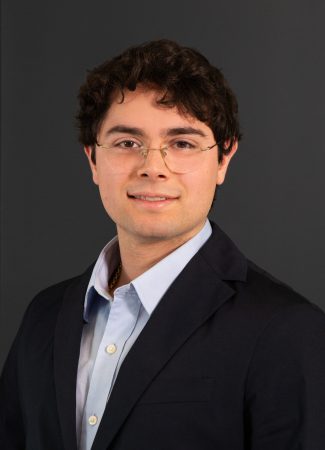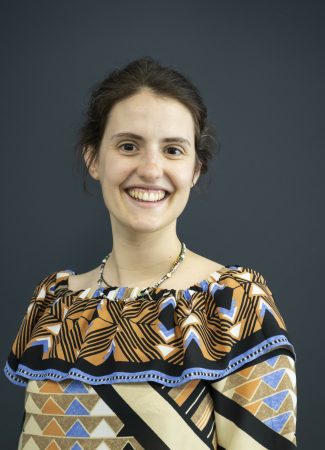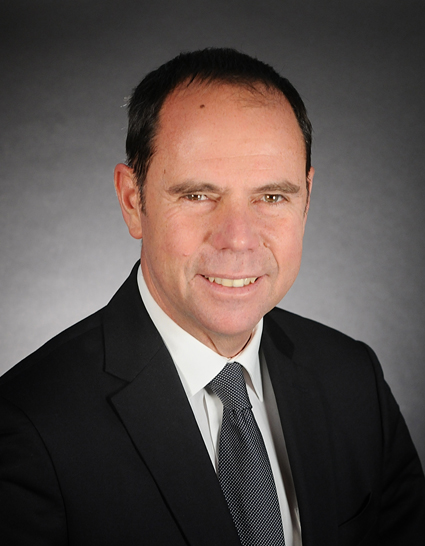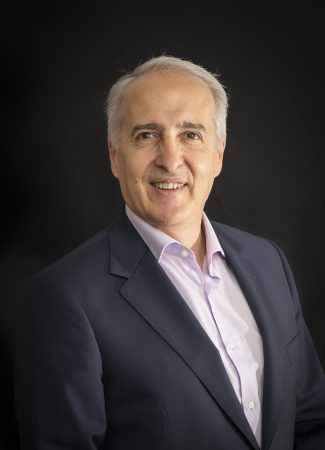On April 28, 2025, the Iberian electricity system suffered a significant collapse, beginning with the detection of initial oscillations within the grid between 12:03 and 12:07 CEST, followed by a second round of oscillations from 12:19 to 12:21 CEST. In response, the Transmission System Operators (TSOs) from Spain and France implemented immediate measures to mitigate the oscillations while closely monitoring critical variables approaching acceptable operational limits. Despite these interventions, the first outages occurred in southern Spain, particularly in the regions of Granada, Badajoz, and Seville, resulting in an estimated loss of 2.2 GW in generation capacity.
The frequency of the Iberian grid continued to decline, ultimately reaching a critical threshold of 48 Hz. This decline necessitated the automatic disconnection of the Spanish grid from both the Portuguese and French grids to prevent further loss of synchronization. Subsequently, the alternating current (AC) lines linking Spain and France experienced tripping, leading to a complete grid failure with no energy transmitted through the High Voltage Direct Current (HVDC) connection between the two countries.
The recovery operation commenced gradually on April 28, 2025, with the re-energization of the first 400 kV AC transmission line between Spain and France at 12:44 CEST, a pivotal milestone in the recovery process. Shortly thereafter, at 13:04 CEST, the interconnection between Spain and Morocco was restored, thereby enhancing regional grid stability. By 13:35 CEST, the eastern AC line connecting Spain and France was brought back online, further solidifying the resilience of the system.
At 16:11 CEST, Portugal’s initial black-start-capable power generation facility successfully initiated operations, demonstrating its vital self-start recovery capabilities. Continued recovery efforts were evidenced at 18:36 CEST with the re-energization of the 220 kV line linking Spain and Portugal, which further reinforced cross-border transmission capacity. Ultimately, at 21:35 CEST, the restoration of the 400 kV line between Spain and southern Portugal signified the conclusion of a major recovery phase for the electrical grid of the Iberian Peninsula.
Complete grid stability was not regained until April 29. The repercussions of this collapse extended to the transportation sector, causing significant delays and cancellations of both train and air services. Furthermore, communication channels were severely restricted, necessitating reliance on emergency generators by healthcare facilities.
A critical factor contributing to the challenges facing the Spanish energy grid is the substantial integration of renewable energy sources into the overall energy mix. This situation has emerged due to an insufficient synchronous mass, which is typically supported by conventional generation methods such as nuclear power, combined cycle gas turbines (CCGT), and hydroelectric power. These traditional energy sources employ high-capacity turbines that effectively and synchronously transmit energy. However, as the proportion of renewable energy has increased, the availability of traditional generation sources has diminished. This reduction has led to a decrease in rotational inertia, which is essential for maintaining grid stability at the nominal frequency of 50 Hz. This frequency is crucial because generators, motors, and transformers are all designed to operate at this frequency in Europe. Achieving this stability in the power grid requires that generation consistently meets demand, and vice versa.
During the specified interval from 12:00 to 12:40 CEST, generation from nuclear and CCGT sources remained low (illustrated in Figure 1, which depicts the hourly production mix for all available technologies in Spain). Photovoltaic (PV) energy production peaked between 08:00 and 13:00 CEST (evident in Figure 2, which shows almost 90% only from PV production during this period). The disconnection of PV systems at 12:30 CEST triggered a significant drop in both generation and demand, ultimately leading to a grid trip and resulting in a national blackout.
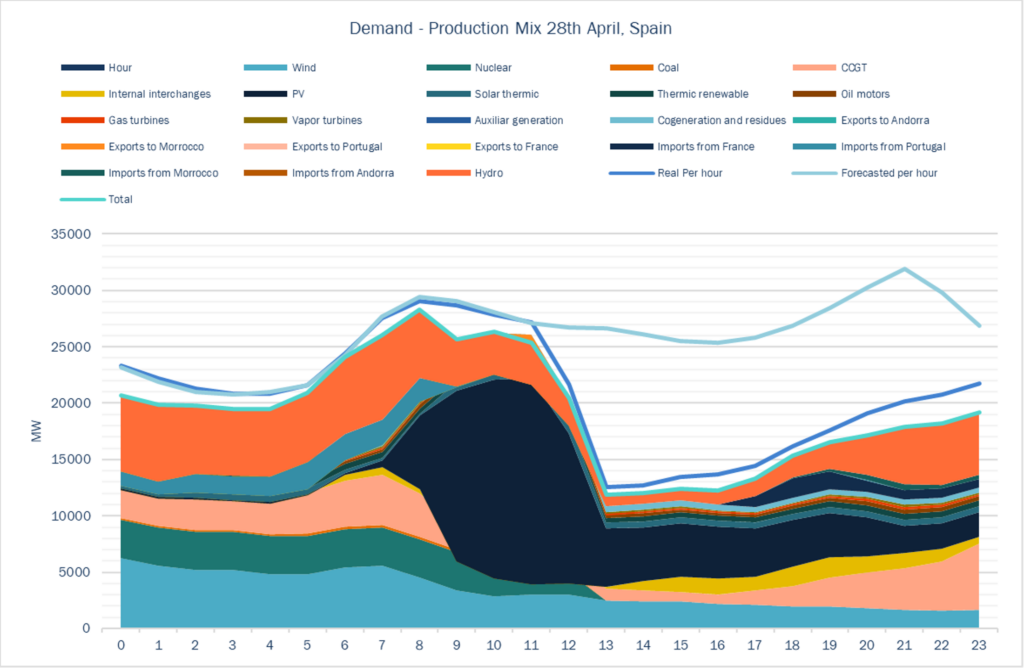
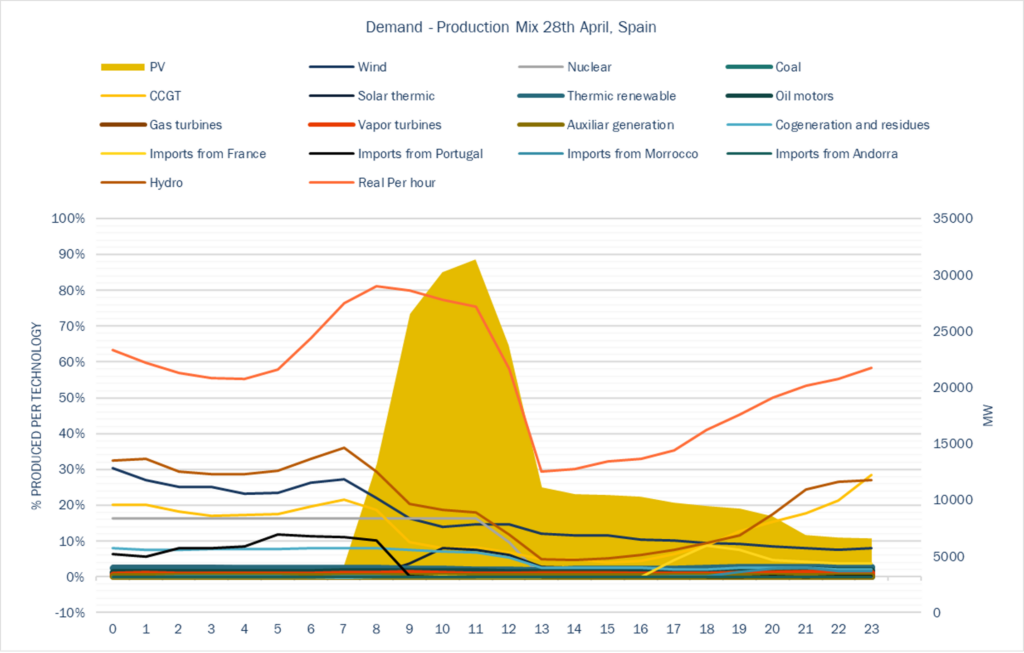 Figure 2. Production mix on the 28th of April in Spain. Data Source: Red Electrica.
Figure 2. Production mix on the 28th of April in Spain. Data Source: Red Electrica.
One of the primary considerations is the inherent vulnerability of the Spanish power system, which is exacerbated by the substantial influence of renewable energy sources and the resulting low rotational inertia. To effectively address the challenges associated with elevated levels of wind and photovoltaic (PV) technologies, it is imperative to explore several critical enhancements. These enhancements should include the integration of synthetic inertia reserves, the deployment of batteries with rapid response capabilities for both charging and discharging to the grid, and the incorporation of conventional technologies that can bolster the stability of the grid.
In this context, Haya Energy Solutions has developed an advanced optimizer for battery systems that facilitates investment advisory services tailored to the specific requirements and needs of each project. Stakeholders are currently assessing the most opportune moments to initiate their innovative projects, and the organization is equipped to provide expert investment guidance and asset optimization solutions.
Other Sources: ENTSOE, GES&CIP
Cheyenne Rueda Lagasse

